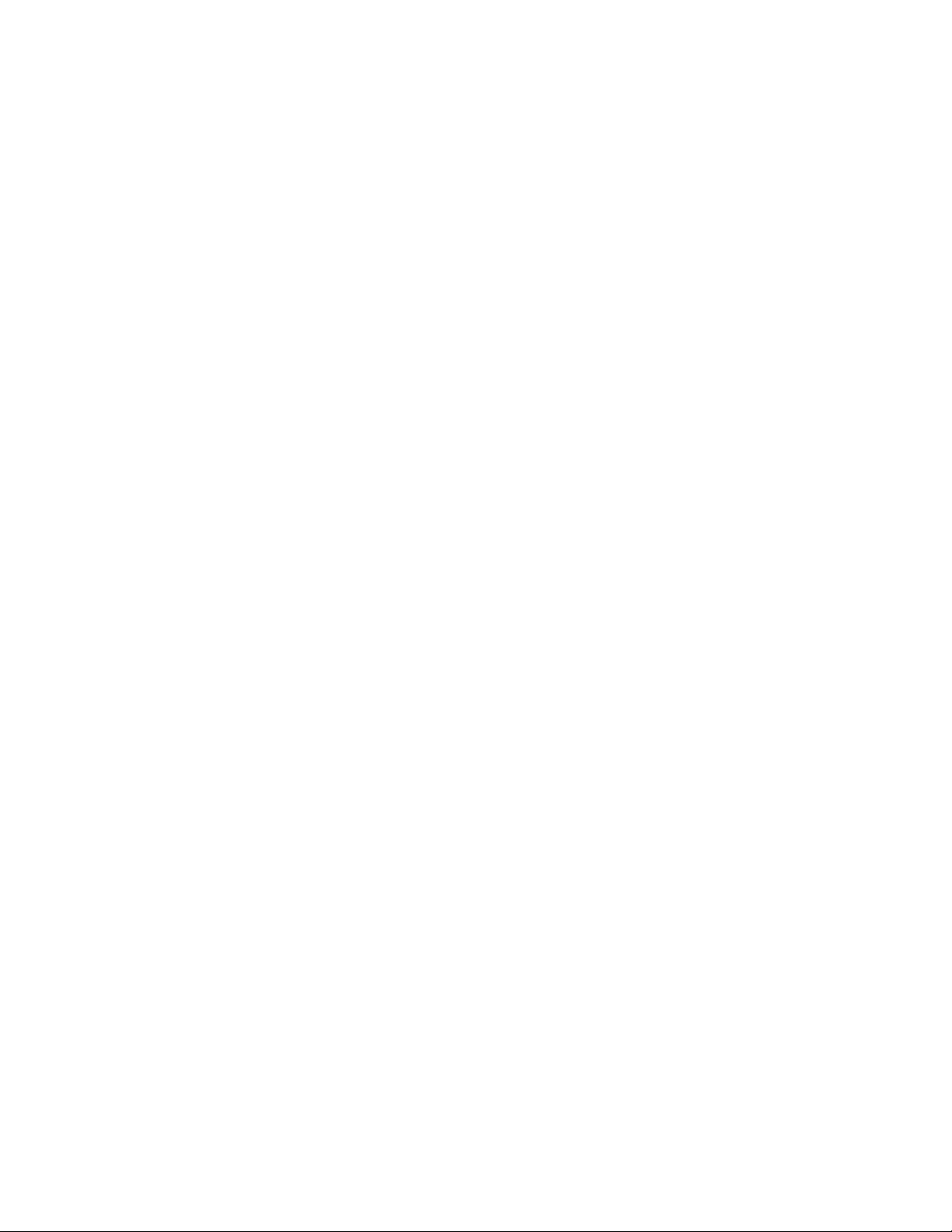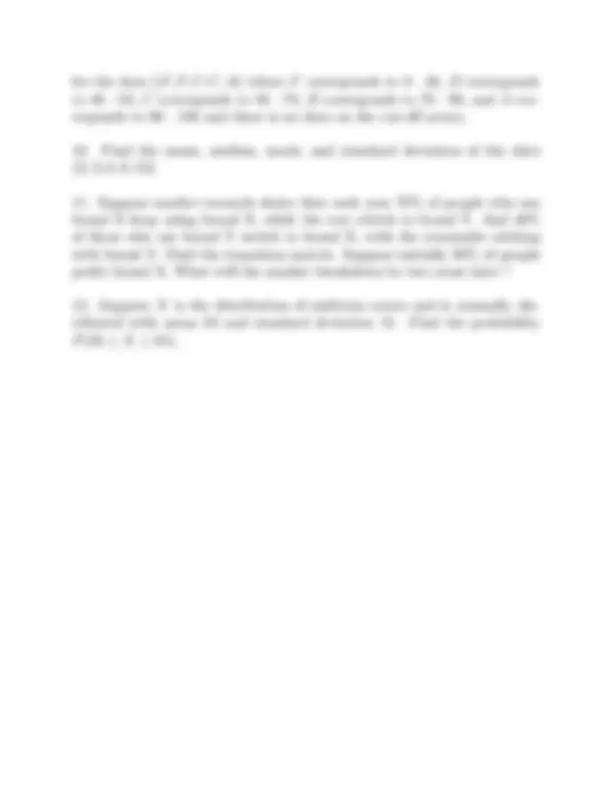



Study with the several resources on Docsity

Earn points by helping other students or get them with a premium plan


Prepare for your exams
Study with the several resources on Docsity

Earn points to download
Earn points by helping other students or get them with a premium plan
Community
Ask the community for help and clear up your study doubts
Discover the best universities in your country according to Docsity users
Free resources
Download our free guides on studying techniques, anxiety management strategies, and thesis advice from Docsity tutors
The final exam questions and solutions for a finite math course taught by prof. Brick during the summer of 2003. Topics covered include probability, sets, statistics, and logic. Students are required to solve problems related to conditional probability, uncountable sets, surveys, venn diagrams, expected values, truth tables, histograms, and normal distributions.
Typology: Exams
1 / 2

This page cannot be seen from the preview
Don't miss anything!


section 51 Summer ’
Do the problems in order in your bluebook. Show your work.
for the data {F, F, C, C, A} where F corresponds to 0—40, D corresponds to 40—50, C corresponds to 50—70, B corresponds to 70—90, and A cor- responds to 90—100 and there is no data on the cut-off scores.